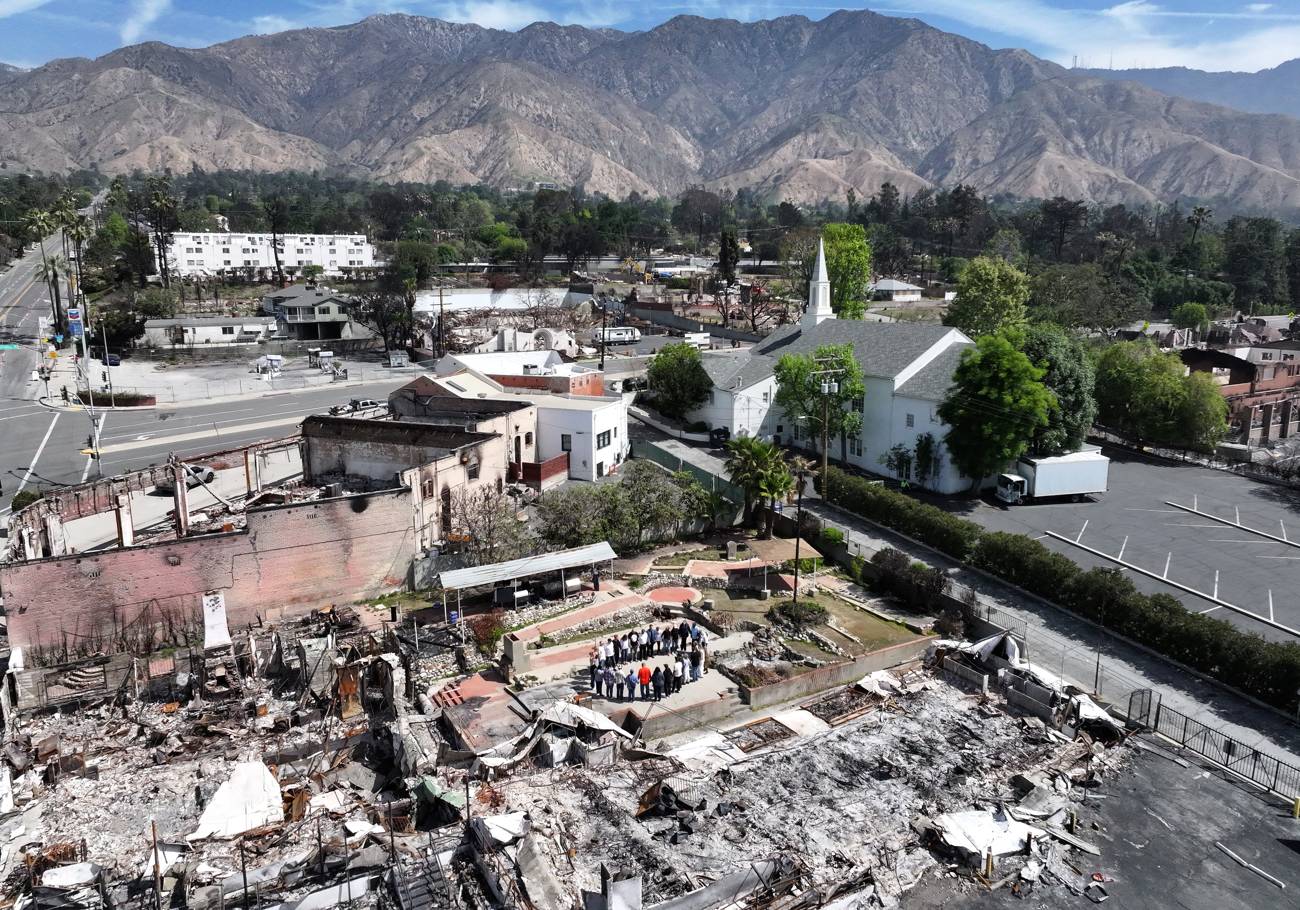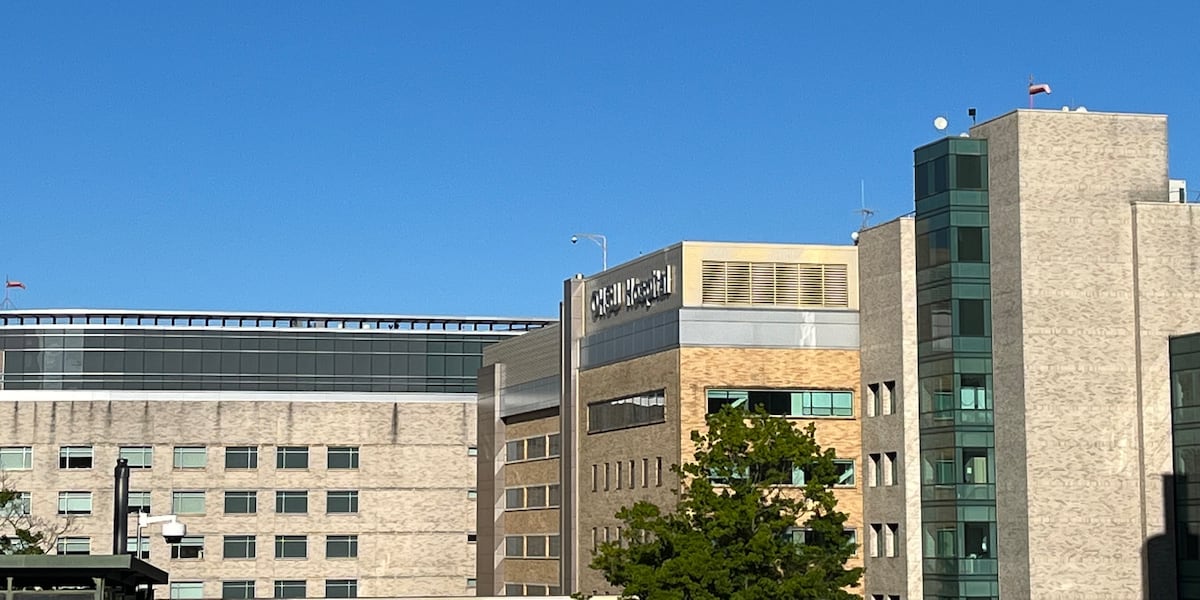
California has announced the launch of a new artificial intelligence (AI)-powered tool designed to streamline the process of approving building permits — a move aimed at accelerating reconstruction efforts following a series of devastating wildfires. The initiative comes in response to recent disasters that have destroyed more than 16,000 homes, businesses, and other structures across the state.
The new AI solution leverages machine learning algorithms to automate and simplify various aspects of the permitting workflow, which traditionally entails significant manual review and often leads to long delays. By digitizing and automating key components of the application and review timeline, the system seeks to reduce administrative bottlenecks and bring about quicker, more reliable decision-making for permit seekers.
State officials positioned the tool as a critical component in rebuilding resilience, especially in vulnerable communities affected by natural disasters. In recent years, California has faced increasingly severe wildfire seasons, costing billions in damages and displacing thousands of residents. With entire communities wiped out, the urgency to rebuild not just homes but critical infrastructure has mounted.
“Recovery from disaster is a race against time, and families need to be able to rebuild with as few barriers as possible,” said a representative from California’s Department of Housing and Community Development. “This new AI-powered permit reviewer is not a replacement for human oversight, but a tool to help speed and improve the process.”
The tool is capable of scanning permit applications for completeness, verifying adherence to local and state building codes, and flagging issues for human inspectors. By handling repetitive tasks, the technology aims to allow government staff to focus on more complex reviews and expedited decision-making.
Additionally, the AI system may integrate predictive analytics components to anticipate potential regulatory issues or identify trends in common permitting errors, allowing agencies to provide better guidance to applicants earlier in the process.
This technological leap aligns with broader efforts within California to modernize government services and harness data-driven tools to enhance productivity and responsiveness, particularly as climate-related disasters become more frequent.
While the tool is currently being piloted in high-impact zones, state officials anticipate broader adoption in municipalities across California. They have also emphasized the importance of transparency, data privacy, and inclusivity as they continue to refine the system with stakeholder input.
As rebuilding efforts continue, the state’s adoption of AI in planning and development may serve as a model for other disaster-prone regions seeking to modernize their infrastructure and recovery frameworks.
Source: https:// – Courtesy of the original publisher.








